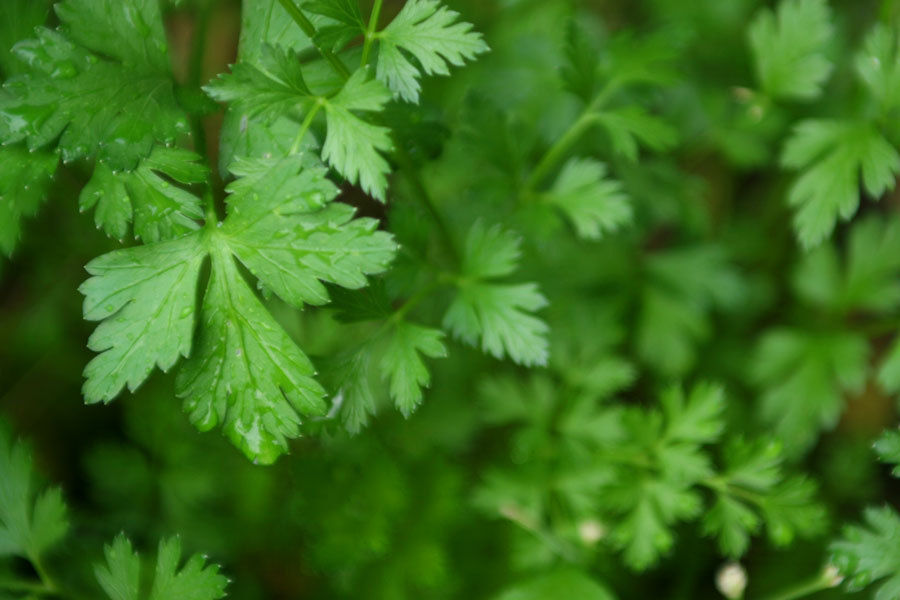
OSU Organic Growers' Club- Student Farm
The online USDA web soil survey lists the soils at the Organic Growers Club student farm as one soil, Chehalis silty clay loam 1. However, it could be argued that there are at least two different types of soil on this 2.5 acre plot of earth, which has a unique history leading up to what we see today. The Willamette valley floor is formed of sediments from the Missoula floods that occurred around 12,000-14,000 years ago. The glacial Lake Missoula was a buildup of glacier water as large as some of the great lakes2 that covered a large part of the Northwest. Every 40-140 years pressure from millions of tons of water would build up behind an ice sheet and break out, throwing millions of gallons of water down through eastern Washington, through the modern day Columbia gorge, into the Willamette valley, and eventually out into the ocean. These floods left the Willamette valley filled with almost 400 feet of water, which settled down into the soil through the years, depositing silt and clay sediments into the valley floor.
Over the last couple thousand years, the Willamette river has been snaking its way across the valley floor, resorting the sediments left here by the Missoula floods. This has resulted in low rolling hills along the valley floor, which have created the partition of the two soils on the student farm. One side of the farm is more sandy, which could possibly once have been the bottom of the Willamette river. Sand is the largest of the three types of soil particles, which makes it heavier. It settles the fastest in water, which is why it tends to be on the bottoms of rivers, depending on how quickly the river flows. The other side of the farm is more clayey, which could possibly be a portion unaffected by the Willamette river, or even a riverbank at some point in time.
We observed two soil pits at the student farm, representing the two different soil types that are found there. Looking at the layers in the soil pits can give us more clues as to how the land at the student farm and in the Willamette valley was formed. In the soil pit located on the eastern, more clayey side of the farm, students in a student learning project before us who had dug the pits found a piece of charred wood a few feet down from the surface. This preserved piece of wood can be carbon dated to determine the time that it was placed there. There is a possibility that this piece of wood is from the period of time when the Kapaluya Indians roamed the Willamette Valley, and possibly is a result of a campfire, or even from the field burning land management practices that they were known to use3.
There is a rich history leading up to the fertile soils that we see at the student organic farm today. Using modern technology we can go more in depth into the chemistry and physical properties of the soils present at the farm. As mentioned previously, the farm is separated into a section that has more sand, and a section that has more clay. The sandy soil, which provides better drainage, is used predominately for crops in the seven-year crop rotation employed by the Organic Growers Club. The clayey soil takes longer to thaw and dry out every year than the sandy soil, and thus isn’t available for use until later in the year. Thus, the Organic Growers Club uses this half of the farm for perennials, instead of yearly crops.
1. http://websoilsurvey.nrcs.usda.gov/app/HomePage.htm
2. http://www.iceagefloodsinstitute.org/
3. http://www.salemhistory.net/people/native_americans.htm




About the Soils on the Farm